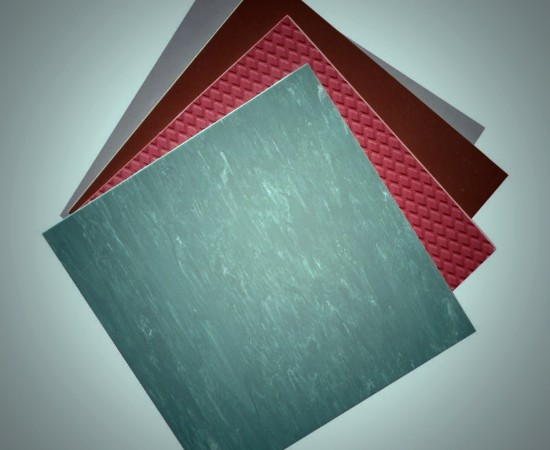05
Aug

Linoleum flooring is a resilient flooring material that has been in residential and commercial use since the mid-19th century and was extremely popular in the 1950s. However, after the 50s peak in its popularity, linoleum flooring was replaced by natural wood, stone and ceramic tiles. Thanks to the constant improvements in technology, material used and designed, linoleum flooring is gaining back its original popularity. More durable, easy to install and maintain, linoleum flooring is once again being considered a sustainable flooring option, made from resilient materials such as linseed oil, cork dust and rosin.
Linoleum flooring is considered one of the most versatile flooring choices, due to its availability in wide array of colors, sizes, thicknesses and designs. Linoleum flooring also comes in designs that imitate the look and texture of natural materials such as marble, granite, stone and wood. But what makes linoleum flooring an irresistible option is its affordable cost. Easy to install is another advantage of linoleum flooring. It is sold in sheets which require adhesive and self-adhesive tiles which can be directly installed over an existing flooring. Considered a flexible flooring solution, linoleum flooring can easily be cut to the right size to ensure it perfectly fits around edges and corners.
Linoleum flooring is a tough, wear and water resistant which makes it a perfect choice for kitchens, living rooms, hallways, baths and basements. Wet or dry spills can easily be cleaned. A daily dry or damp mop to remove dirt and debris and once-a-week wet wash using clean water and a mild detergent is all you will need in order to maintain linoleum flooring. Linoleum flooring can last very long if well cared for. To guarantee a long life, make sure to take right precautions when dragging heavy objects. Linoleum flooring makes a perfect choice for those seeking a versatile and affordable, yet easy to maintain as well as easy to install flooring option. Linoleum flooring makes also a good choice for those with pets as it is considered bacteria resistant and static free flooring, which makes cleaning after pets easy.
But linoleum flooring is not superior in every aspect. There is one down side of the linoleum flooring – its natural components tend to get brittle and dark over time, which can cause a change in the colour and appearance of the flooring. Also, linoleum flooring if constantly exposed to ultra-violet rays, the original colour will definitely change.